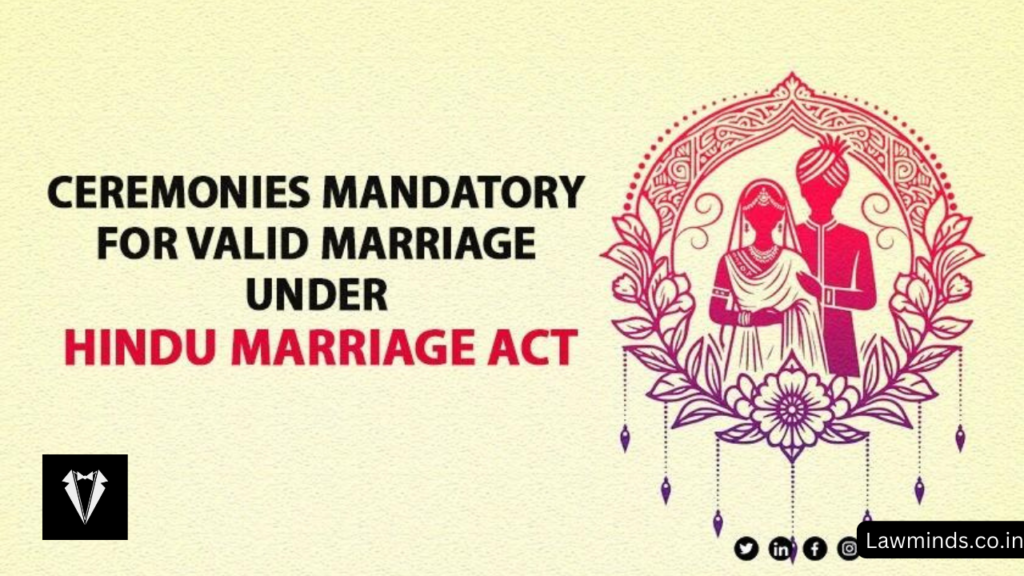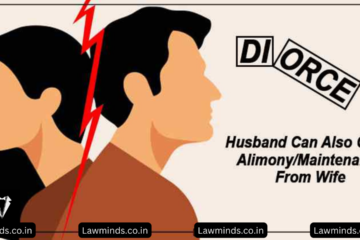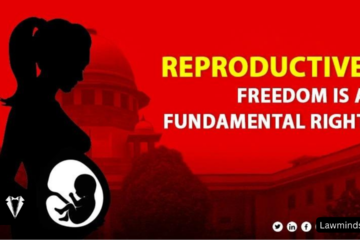
The recent pronouncement by the Supreme Court of India sheds light on the sanctity and legal framework surrounding Hindu marriages, emphasizing their solemnity as sacraments and institutions of great value in Indian society. The court’s observations, articulated by a Bench comprising Justices B.V. Nagarathna and Augustine George Masih, underscore the foundational principles governing Hindu matrimonial unions and caution against the trivialization or misinterpretation of this sacred bond.
The court’s deliberation stemmed from a case involving two trained commercial pilots seeking a divorce decree despite not having undergone a valid Hindu marriage ceremony. In addressing this matter, the Bench not only adjudicated on the specific legalities of the case but also offered broader reflections on the significance of marriage within the Hindu tradition and its implications for societal norms and individual conduct.
At the heart of the court’s discourse lies the assertion that a Hindu marriage transcends mere ceremonial pomp or material transactions. It is described as a ‘samskara,’ a term encompassing both ritual and spiritual connotations, denoting a sacred undertaking imbued with profound meaning and significance. Rejecting the notion of marriage as a frivolous affair characterized by extravagance or commercial exchange, the court reiterates its role as a solemn and foundational event, establishing the bond between two individuals as husband and wife within the framework of a future family unit.
Moreover, the Bench highlights the inherent dignity and equality inherent in Hindu marriages, portraying them as lifelong partnerships based on mutual consent and respect. Such unions, the court contends, serve not only to facilitate procreation but also to foster familial unity and communal solidarity. By framing marriage as a cornerstone of social cohesion and ethical conduct, the court emphasizes its pivotal role in shaping individual lives and societal norms.
Central to the court’s pronouncement is the delineation of essential rites and ceremonies requisite for a valid Hindu marriage. It elucidates that adherence to prescribed rituals, such as the ‘saptapadi’ wherein the bride and groom jointly take seven steps before the sacred fire, is indispensable for the legal recognition of the union as per the Hindu Marriage Act. These rituals, steeped in tradition and symbolism, serve to sanctify the marital bond and establish the spouses as equal partners in accordance with ancient Vedic injunctions.
Furthermore, the court elucidates the legislative intent behind the Hindu Marriage Act of 1955, which sought to codify and regulate matrimonial relationships among Hindus and other communities falling within its purview. The Act, it notes, unequivocally upholds monogamy as the sole permissible form of marriage, explicitly proscribing polyandry, polygamy, and other non-monogamous arrangements. By codifying the legal framework governing Hindu marriages, the Act aimed to provide clarity and uniformity while upholding the sanctity of marital bonds across diverse religious and cultural contexts.
The court also draws attention to the distinction between marriage registration and the performance of requisite ceremonies under the Hindu Marriage Act. While registration may serve as evidence of marital status, it is emphasized that mere issuance of a certificate without compliance with prescribed rituals does not confer legitimacy to the union under Hindu law. This underscores the primacy of ceremonial observance in establishing the validity of a Hindu marriage, irrespective of registration status.
In exercising its constitutional mandate under Article 142, the court renders a definitive verdict on the case at hand, declaring the marriage certificate issued to the estranged couple null and void due to non-compliance with statutory requirements. Additionally, it quashes divorce proceedings and dowry-related charges, reaffirming the foundational principles of Hindu matrimonial law and safeguarding against legal anomalies stemming from procedural irregularities.
In sum, the Supreme Court’s elucidation on Hindu marriage law offers a comprehensive exposition on the legal, cultural, and ethical dimensions of this sacred institution. By reaffirming its sanctity as a ‘samskara’ and upholding the primacy of prescribed rituals, the court underscores the enduring relevance of traditional values in contemporary legal discourse. Through its judicious interpretation and application of statutory provisions, the court seeks to uphold the integrity and sanctity of marital unions while safeguarding individual rights and societal interests within the framework of Hindu matrimonial law.



